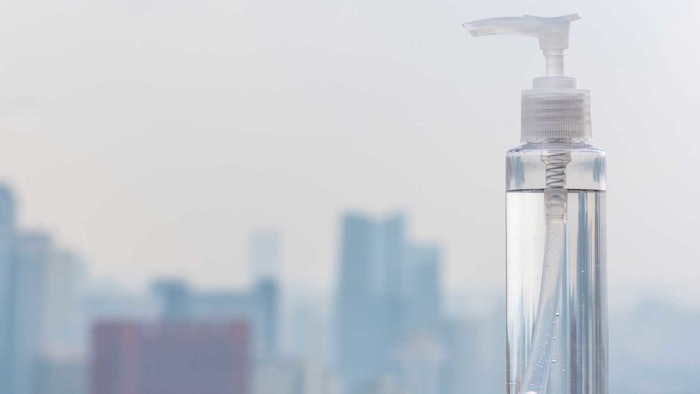
According to Unilever inventors, while a variety of test methods has been developed to measure the efficacy of anti-pollution cosmetics and cosmetic ingredients, there is no standardized method for this assessment. As such, the company has patented a method to determine the pollution protection factor (PPF) of products.
See related: Wool Powder and Pigments for Pollution Protection, A Proposal
Market Need
As the patent explains, pollutants including particulate matter, black carbon, ground-level ozone and oxides of carbon, nitrogen and sulfur can adversely affect human skin, causing premature aging, hyperpigmentation, the formation of rashes and inflammation, etc. While various cosmetic compositions claim to prevent, inhibit or restrict the particulate pollutants from contacting skin, it is important to be able to substantiate such claims with evidence.
In response, manufacturing companies and academic researchers have developed methods of testing/analyzing or verifying the efficacy of such compositions. However, there remains an unmet need for a robust and reliable method to standardize the PPF measurement of any composition for use as a tool to assess/grade cosmetics based on their efficacy. The present invention addresses this need.
See also: Expert Opinions; Exposome Protection
Pollution Protection Factor of Cosmetic Compositions
European Patent EP3946005
Publication date:
June 8, 2022
Assignee: Unilever IP Holdings B V (NL) and Unilever Global IP LTD (GB)
Disclosed here is a method to determine the PPF of a cosmetic composition, comprising:
a) A step of testing, by any known test method, the ability (α) of the cosmetic composition to render ineffective at least one type of pollutant present on the skin, and expressing it on a scale of 0 to 1, where (1 - α) indicates corresponding potential residual damage to the skin; and wherein the composition includes at least one ingredient known to render ineffective said pollutant and is an anti-inflammatory or antioxidant;
b) A step of testing, by any known test method, the ability (β) of the cosmetic composition to inhibit the contact of at least one type of pollutant with skin and expressing it also on a scale of 0 to 1, where (1 - β) indicates corresponding potential residual damage to the skin; and wherein the composition includes at least one ingredient known to inhibit the contact of at least one type of pollutant with skin and is a sunscreen, a barrier enhancer or a polymer; and
c) A step of testing, by any known test method, the ability (γ) of the cosmetic composition to remove at least one type of pollutant present on the skin, expressing it also on a scale of 0 to 1, where (1 - γ) indicates corresponding potential residual damage to the skin, and calculating the pollution protection factor by the equation F:
PPF = −log1−α×1−β×1−γ0.047
Additional details are provided in the full patent disclosure.
See archived: [video] Understanding Adhesion of Pollution Particles to Skin
Patent accessed on June 14, 2022.










